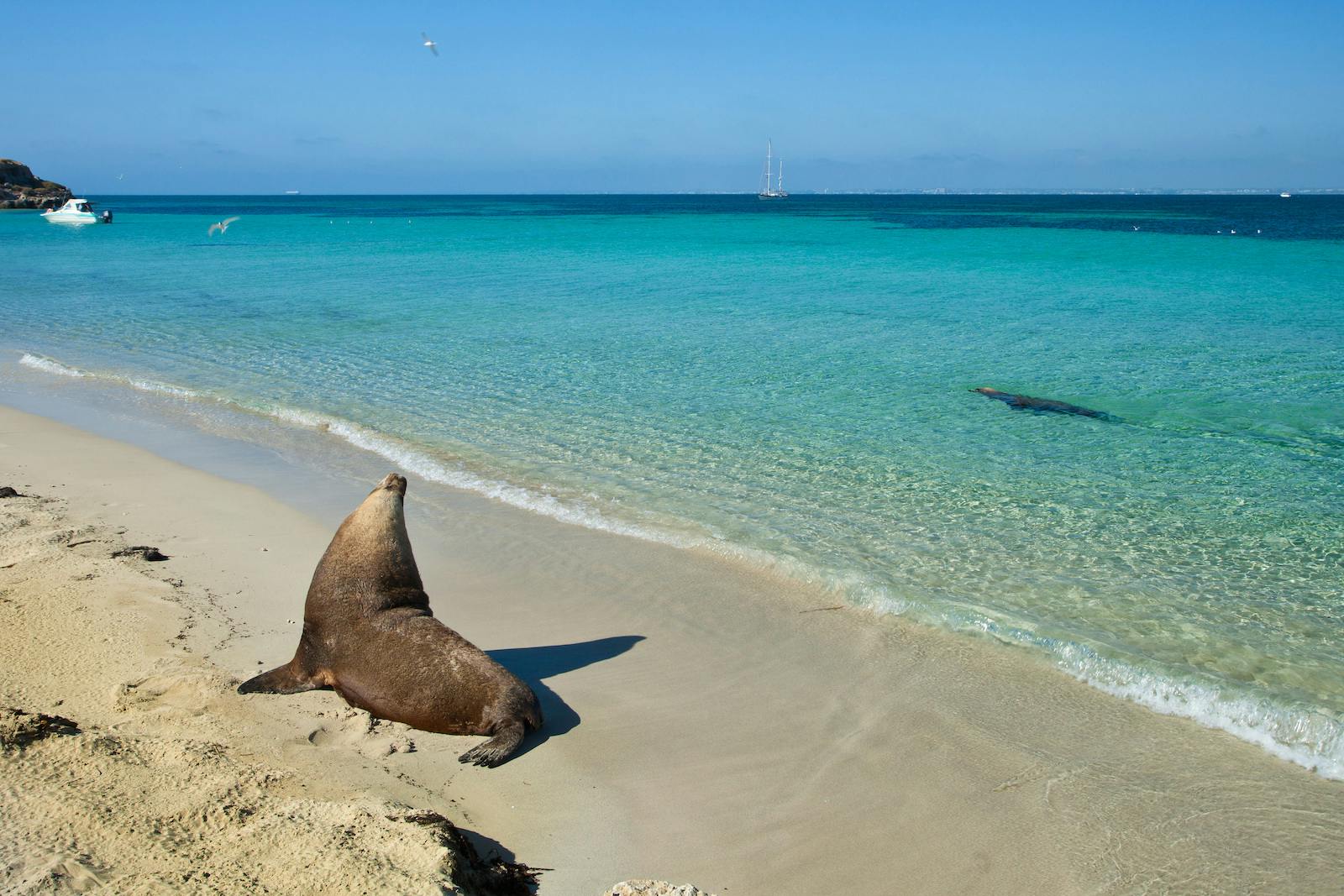Heard Island
Volcanoes and glaciers are hardly what one would expect to see in Australia. Unfortunately, you will not be able to visit the wild and secluded Heard Island, one of Australia's most stunning hidden gems. The little-known continent, located in the southern Indian Ocean approximately midway between Australia and South Africa, is home to spectacular biodiversity, including three seal species, four penguin species, and two endemic bird species: the Heard Island sheathbill and the Heard Island cormorant.
Pine Gap, Northern Territory
Rumours abound concerning this isolated and clandestine Australian-American military installation, located in the central Australian desert just southwest of Alice Springs. Pine Gap, also known as the Joint Defence Facility Pine Gap, is completely off-limits to everyone except authorities. What happens inside is a carefully kept secret, but it served as the inspiration for the Netflix series Pine Gap.
Point Nepean National Park, Victoria
This location was strategically vital as the entrance to Port Phillip Bay, and it housed various forts and military facilities, notably the 19th-century Fort Nepean. In addition, a quarantine facility was erected on the rugged and windswept spit in 1852. The seas in the southern area of the park are famously dangerous, and boats are not permitted to land.
Carnac Island, Western Australia

It may appear attractive, but do not be misled. This little white-sand island located off Fremantle, Western Australia, is home to around 400 tiger snakes, an extremely poisonous reptile. With no predators to control their numbers, snakes rule the roost. The nature reserve is also a critical home for the endangered Australian sea lion, as well as many seabirds, including many tern species.
It is possible to visit the island by boat to witness the sea lions, albeit there is a tiny exclusion zone where the sea lions may escape ogling people, but the interior is completely off-limits owing to the snakes. Rocky Vane, a snake showman, is said to have unleashed the tiger snakes on Carnac Island in 1903, after his wife and companion were both tragically bitten by his snakes.
Cartier Island Marine Park
This little sand cay, located 373 miles (600 kilometers) north of Broome and closer to Indonesia than Australia, is part of a 66-square-mile (172-square-kilometer) marine reserve that is home to around 16% of all Australian fish species. Cartier Island and its surrounding reefs have long been popular fishing grounds for Indonesian fishermen seeking birds, bird eggs, clams, sea cucumber, shells, turtles, and turtle eggs. It is now an official sanctuary zone, and entry or anchoring is severely prohibited.
The zone not only saves the marine park's wildlife, which includes sea snakes, turtles, whale sharks, corals, sea fans, and sponges, but it also protects vessels from explosive munitions. Cartier Island and the surrounding ocean up to a radius of six miles (10 kilometers) were utilized as a Defence Practice region until 2011, hence there is a serious possibility of unexploded munitions remaining in the region.
Republic of Somaliland
A 2001 referendum revealed that Somaliland's people favored independence, however this has never been acknowledged as legal - and the region's administration has turned down offers to peace negotiations aiming at reunification with Somalia. This photograph depicts the Laas Geel cave paintings, which are thought to be the region's oldest instances of rock art, dating back between 5,000 and 10,000 years.
Republic of Kosovo

During World War II, it became part of Italian-occupied Albania, then fell under Nazi administration until becoming an independent province of Serbia within Yugoslavia. Milošević ascended to power by promising to assist Kosovo's Serbian minority and instilling fear of ethnic Albanians, despite forcefully suppressing Kosovan Albanians' demands for full republic status. (Image: a monument honoring Ismail Qemali, the first prime minister of independent Albania from 1912, in front of a youth and sports complex in Pristina.)
A terror campaign began, and when nonviolent opposition failed to bring it to a stop, the Kosovo Liberation Army (KLA) emerged in the 1990s. The Serbian president's violence toward the KLA and Kosovo residents prompted NATO engagement and bombings. Kosovo gained independence under UN supervision, although Serbia still considers the hilly region part of its territory. This photograph displays a waterfall on the White Drin River near Radavc.
Read Also: Best Beach Towns in Australia
Republic of Artsakh
The Republic of Artsakh (also known as Nagorno-Karabakh), like a few other entries in our list, proclaimed independence after the Soviet Union collapsed, at the same time as Azerbaijan, which shares its borders. This photograph depicts We Are Our Mountains, a massive, eye-catching monument just north of the republic's capital, Stepanakert. It was constructed in 1967 and now serves as a national emblem, depicting a man and woman carved from volcanic tufa.







